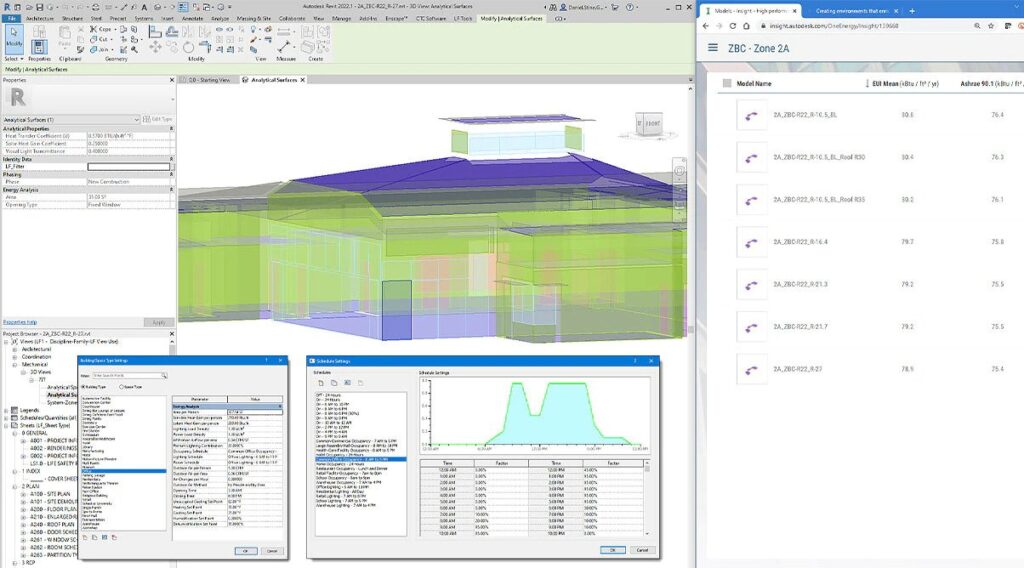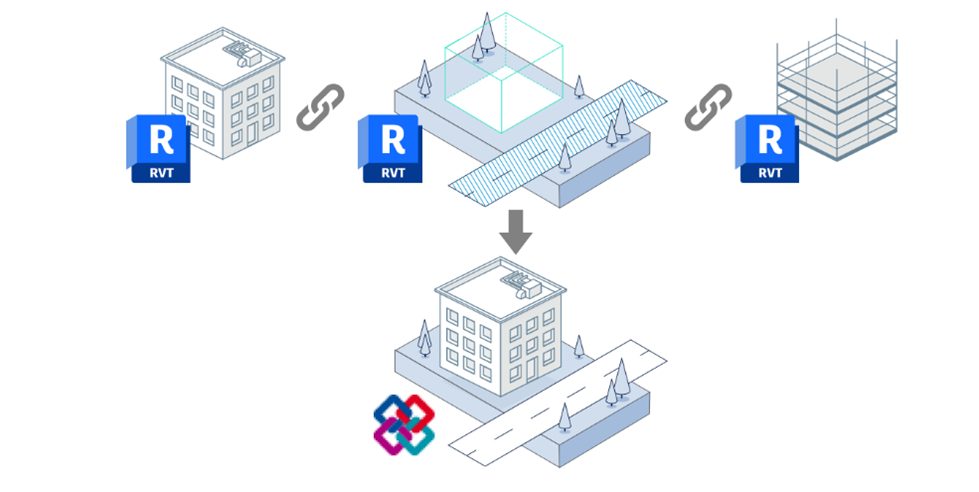BIM and Sustainability
Building Information Modeling (BIM) is a powerful tool for designing and constructing buildings that are energy-efficient, environmentally friendly, and sustainable. By creating digital models of buildings that can be analyzed and optimized for their energy use, material selection, and overall environmental impact, BIM technology provides a powerful solution for creating sustainable buildings.
One way in which BIM can help create more sustainable buildings is by enabling energy-efficient design. BIM software offers features such as energy modeling, daylighting analysis, and thermal analysis that allow designers to optimize the energy performance of a building. For instance, by simulating the building’s energy consumption and identifying areas that require optimization, such as insulation, windows, or HVAC systems, designers can reduce energy use and associated greenhouse gas emissions. BIM also enables the integration of renewable energy sources into building designs, such as solar panels or geothermal heating, which can further reduce the building’s environmental impact.

Another way in which BIM technology can enhance the sustainability of buildings is through sustainable material selection. By analyzing the environmental impact of materials and construction methods, designers can make informed decisions about material selection. BIM tools allow designers to compare the embodied energy, resource depletion, and waste generation associated with different materials and select materials that have a lower environmental impact. For example, BIM can help designers choose sustainable materials such as recycled content, low-carbon materials, and locally sourced materials, which can help reduce the building’s carbon footprint.
Moreover, BIM technology can also be used to optimize the lifecycle of a building, from design through to construction, operation, and decommissioning. By integrating data and information across the building’s lifecycle, BIM can help designers identify opportunities to reduce waste, lower energy consumption, and enhance sustainability. This holistic approach to building design and operation can help ensure that buildings are sustainable throughout their lifecycle.

Moreover, BIM technology can help enhance the overall sustainability of buildings by facilitating collaboration and communication among stakeholders. With BIM, different stakeholders such as architects, engineers, contractors, and building owners can work together on a single platform, allowing for more effective communication, fewer errors, and better coordination. This enhanced collaboration and communication can help reduce waste, increase efficiency, and improve the overall sustainability of the building.
In conclusion, BIM technology provides a powerful tool for creating sustainable buildings. By enabling energy-efficient design, sustainable material selection, enhanced collaboration and communication, and lifecycle optimization, BIM can help reduce the environmental impact of buildings, lower energy consumption, and improve the well-being of building occupants. BIM technology is revolutionizing the building industry, providing a sustainable solution for designing, constructing, and operating buildings in a more environmentally friendly manner.